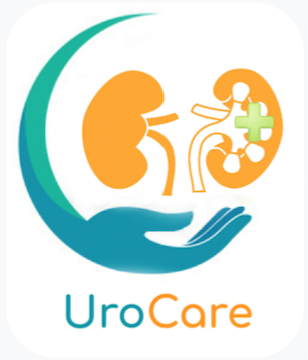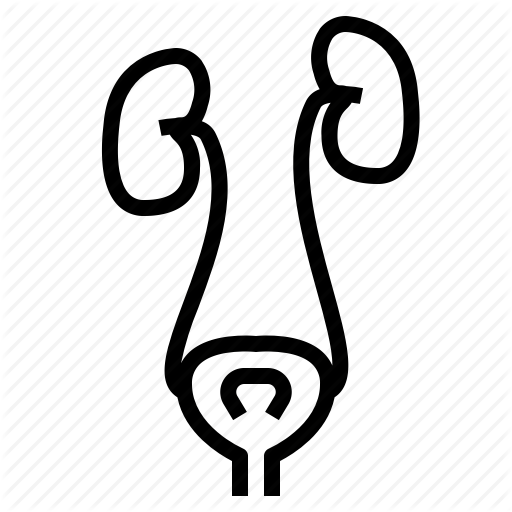Mission Statement
UroCare aims to provide surgeons with a force sensor attachment that serves as an indicator of the amount of force applied to a ureteral access sheath that is affordable, easy to use and precise in order to prevent lesions to the walls of the ureter, and overall the future health of kidney stone patients.

WHY: Kidney Stones
About 1 in 11 people in the United states are affected by kidney stones, which has amounted to 8.8% in the later 2000’s. The ratio of male to female kidney stone disease in 2002 shows to be 1.3:1. Confounding diseases such as high blood pressure, diabetes, and obesity could increase risks to acquire kidney stone disease. Kidney stones tend to cause blood in urine and severe pain in the abdomen or groin. Stones can pass through the urinary tract when given time and large amounts of water. Patients also take anti-inflammatory and pain medication during this period, but the next option would be for the removal of the stones if there is severe difficulty in urinating, testicular pain, or urinary urgency. Ureteroscopy is used to access the kidney stones and remove them with the use of a ureteral access sheath.
WHAT: Ureteral Access Sheath
A ureteral access sheath is used to prevent excess filling of the kidney due to the use of saline that washes away blood, debris, and crystals that impair the visualization of the procedure. It also acts as a conduit to facilitate the re-insertion of instruments during surgery. The path up to the kidney is not as rigid, so the access sheath must be flexible to accommodate to the shape of the path. The various new models of ureteral access sheaths have developed features for easier and smoother passage, such as adding a temporary stent that dilates with time for later sheath passage, but most models are deemed to cause trauma to the ureteral passage. A study conducted in 2012 took 359 patients that had undergone ureteroscopy and found that 46.5% had some degree of ureteral passage trauma. This leads to complications such as pain, blood in urine, urinary tract infections, splitting or strictures, and possible kidney damage of left untreated.

Induced Pain

Kidney Loss

